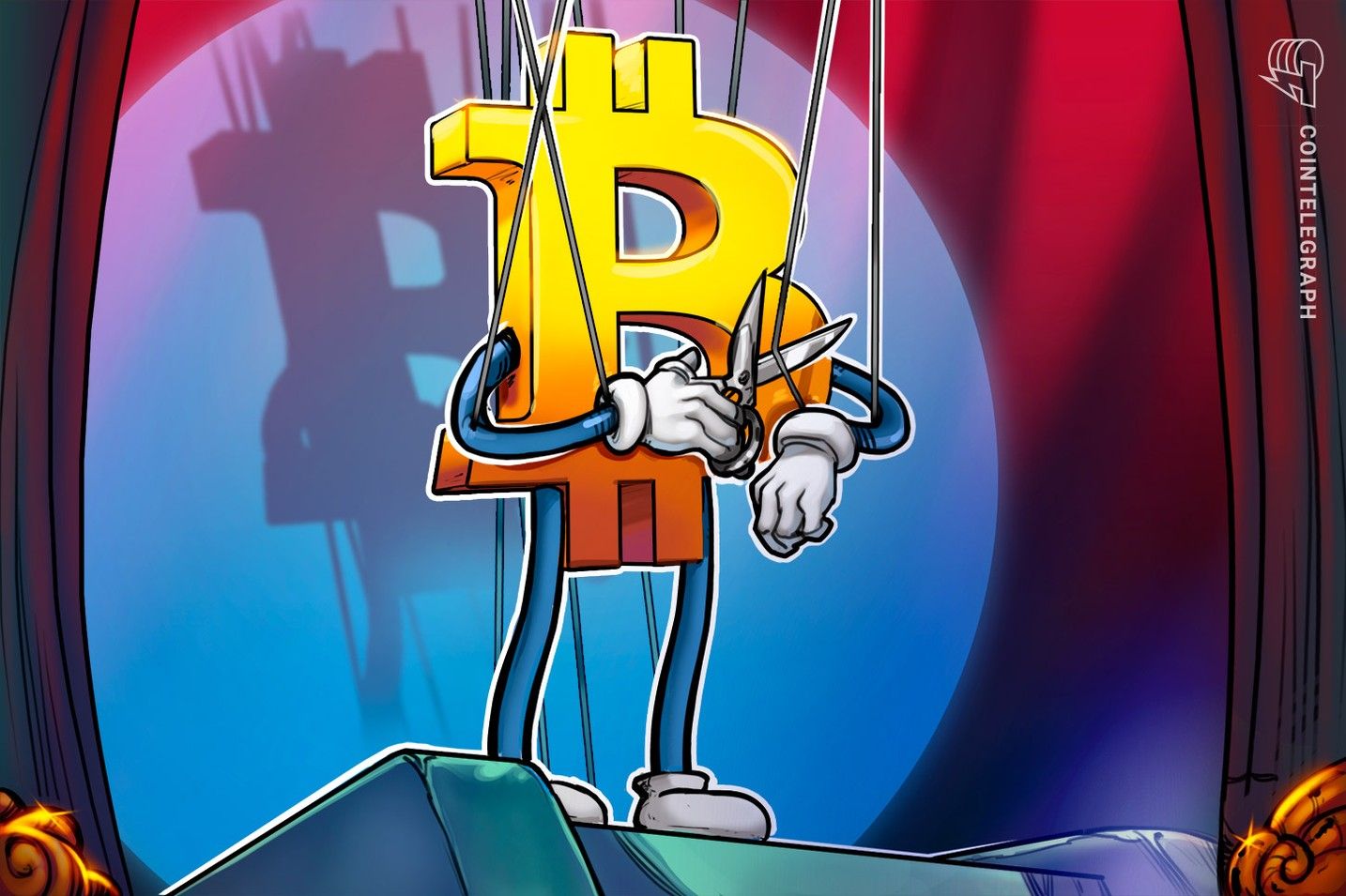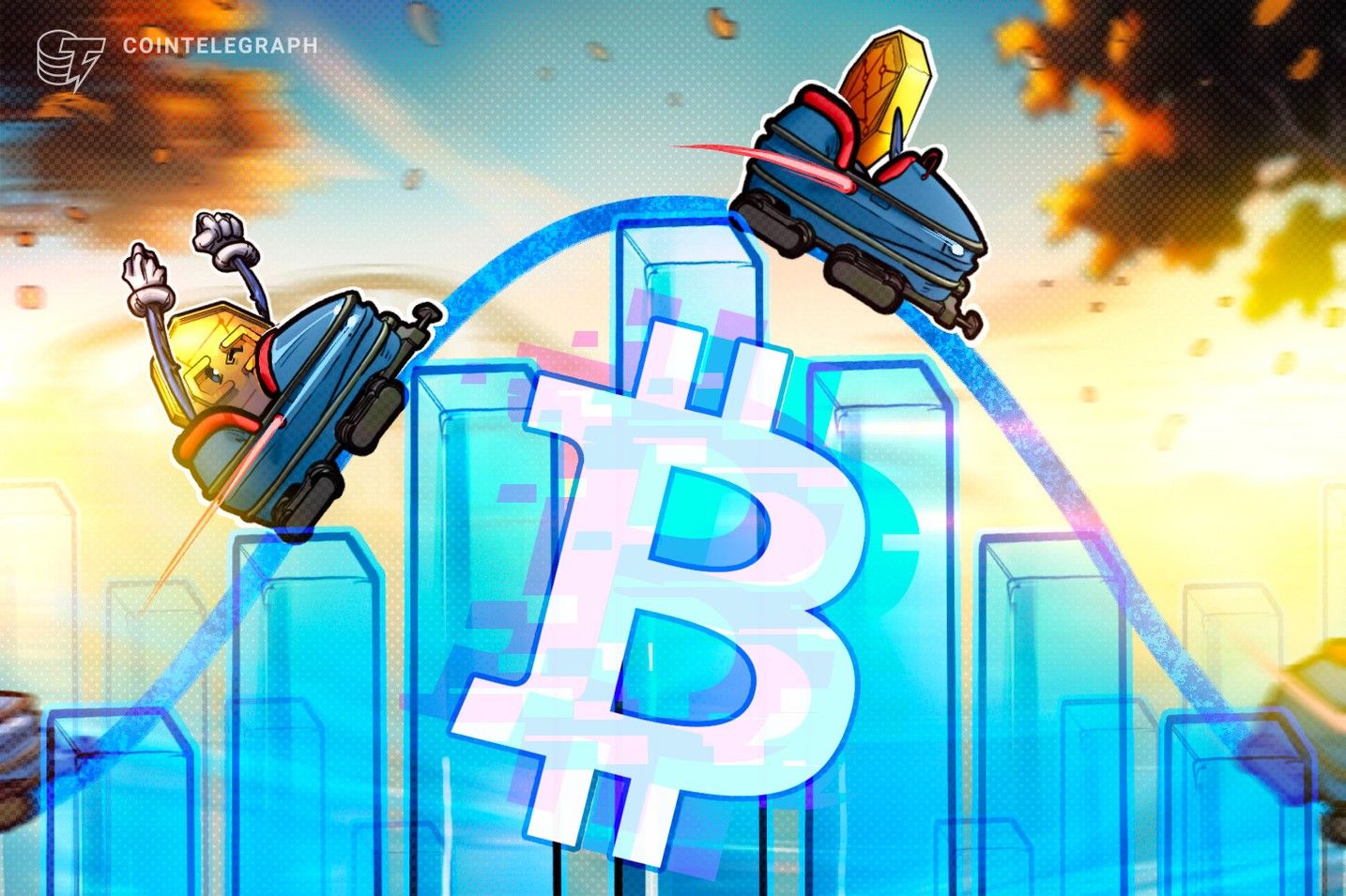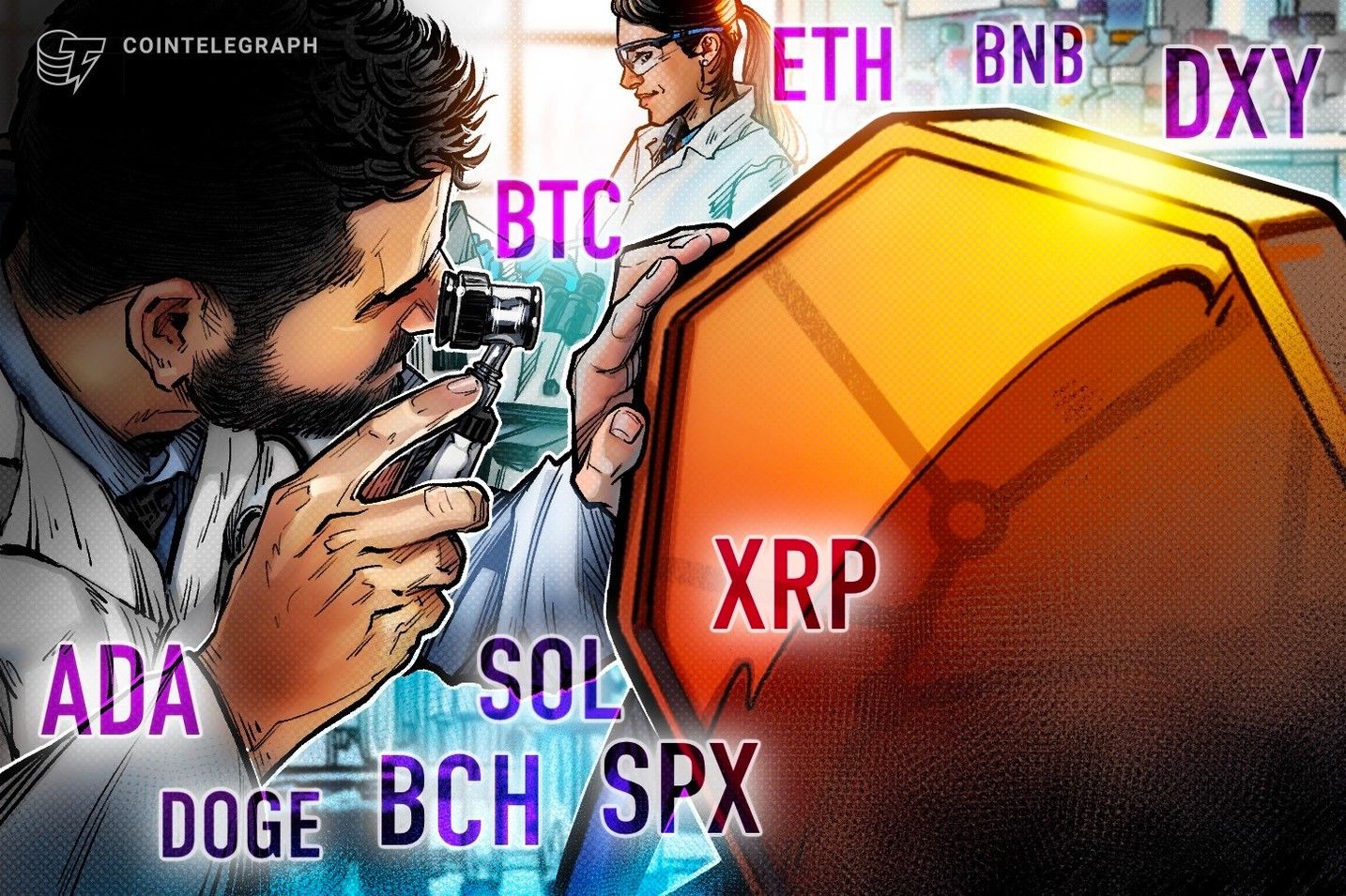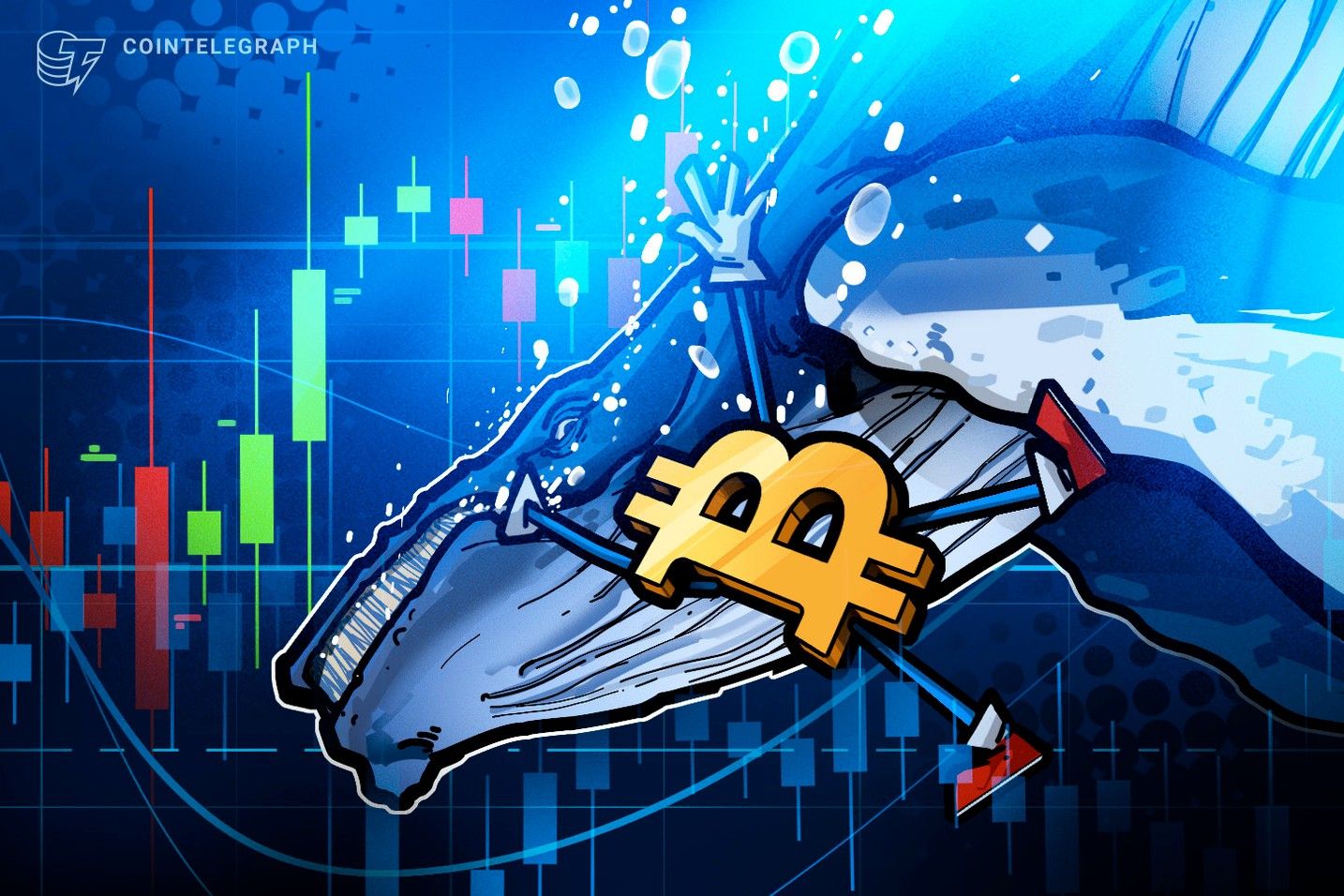Written by: San, Deep Tide TechFlow
Among all financial roles, intermediaries are generally considered the most stable and least risky. Most of the time, they don’t need to predict market direction; they simply provide liquidity to the market and can earn high profits, seemingly occupying the safest “rent-collecting” position in the market.
However, when black swan events occur, these intermediaries are also not immune to being crushed by those higher up the chain. Ironically, the most professional, well-funded, and tightly risk-controlled institutions often suffer greater losses than retail investors during extreme events. This isn’t because they lack expertise, but because their business model is destined to pay for systemic risk.
As someone who both trades in the crypto space and follows the CS2 skin market, and as a direct witness to two recent black swan events, I’d like to discuss the phenomena I’ve observed in these two virtual asset trading markets and the insights these phenomena bring.
Two Black Swans, the Same Victims
On October 11, when I opened the exchange in the morning, I thought it was a system bug that had miscalculated some altcoins for me. It wasn’t until I refreshed several times and saw no change that I realized something was wrong. Opening Twitter, I discovered the market had already “exploded.”
In this black swan event, although retail investors suffered heavy losses, even greater losses may have occurred in the “intermediary” segment of the crypto space.
The losses intermediaries face during extreme market conditions are not accidental, but rather an inevitable manifestation of structural risk.
On October 11, Trump announced a 100% tariff on Chinese goods, triggering the largest liquidation event in crypto market history. Beyond the $19 to $19.4 billions in liquidation amounts, market makers may have suffered even greater losses. Wintermute was forced to suspend trading due to risk control violations, and hedge funds such as Selini Capital and Cyantarb lost between $18 millions and $70 millions. These institutions, which usually make stable profits by providing liquidity, lost months or even years of accumulated gains within 12 hours.
The most advanced quantitative models, the most comprehensive risk systems, the most up-to-date market information—all these advantages become useless in the face of a black swan. If even they can’t escape, what chance do retail investors have?
Twelve days later, a nearly identical script played out in another virtual world. On October 23, Valve introduced a new “Recycling Mechanism” in CS2, allowing players to combine five rare skins to synthesize a knife or glove skin. This instantly changed the existing rarity system: some knife skins plummeted from tens of thousands to just a few thousand yuan, while previously ignored rare skins soared from a dozen yuan to around two hundred yuan. Merchants holding large inventories of high-priced skins saw their investment portfolios shrink by more than 50% overnight.
Although I didn’t own any high-priced CS2 skins myself, I still felt the consequences of this crash in several ways. On third-party skin trading markets, merchants quickly removed buy orders, causing transaction prices to plummet. On short video platforms, countless merchants posted videos lamenting their losses and cursing Valve, but more prevalent was a sense of confusion and helplessness in the face of such a sudden event.
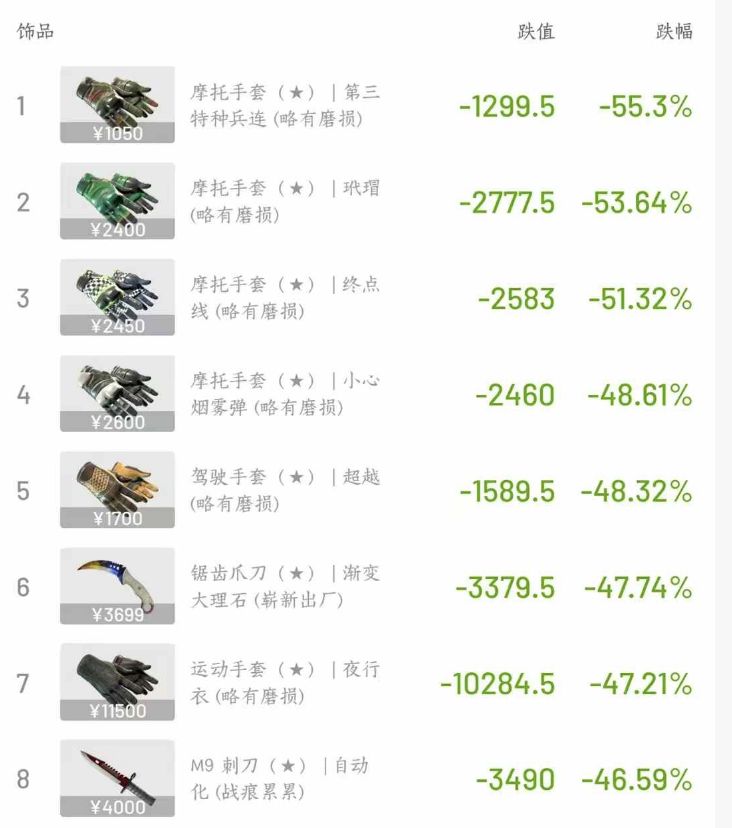
Two seemingly unrelated markets displayed astonishing similarities: crypto market makers and CS2 skin merchants—one facing Trump’s tariff policy, the other facing Valve’s rule changes—yet their downfall was almost identical.
This seems to reveal a deeper truth: the profit model of intermediaries inherently contains the hidden danger of systemic risk.
The Double Trap Facing “Intermediaries”
The real dilemma for intermediaries is that they must hold large inventories to provide liquidity, but in the face of extreme market conditions, their business model exposes fatal weaknesses.
Leverage and Liquidation
The profit model of market makers requires them to use leverage. In the crypto market, market makers need to provide liquidity on multiple exchanges simultaneously, which requires holding large amounts of capital. To improve capital efficiency, they commonly use 5-20x leverage. In normal markets, this model works well—small fluctuations bring stable spread profits, and leverage amplifies returns.
But on October 11, this system encountered its greatest “nemesis”: extreme market conditions plus exchange outages.
When extreme market conditions hit, market makers’ leveraged positions are massively liquidated, and a flood of liquidation orders overwhelms exchanges, causing system overloads and outages. Even more fatal, exchange outages only cut off the user trading interface, but actual liquidations continue to run, resulting in the most desperate scenario for market makers—watching their positions get liquidated without being able to add margin.
At 3 a.m. on October 11, BTC, ETH, and other major cryptocurrencies plummeted in a short time, while some altcoins even quoted “zero.” Market makers’ long positions triggered forced liquidation → system auto-sell → intensified market panic → more positions liquidated → exchange outage → buyers unable to buy → even greater selling pressure. Once this cycle starts, it cannot be stopped.
While the CS2 skin market does not have leverage or liquidation mechanisms, skin merchants face another structural trap.
When Valve updated the “Recycling Mechanism,” skin merchants had no warning mechanism whatsoever. They excel at analyzing price trends, creating promotional materials for expensive skins, and stirring market sentiment, but this information is meaningless in the face of rule-makers.
Exit Mechanism Failure
In addition to leverage, liquidation, and the structural risks exposed by their business model, the failure of exit mechanisms is one of the fundamental reasons for the massive losses suffered by “intermediaries.” When black swan events occur, it is the moment the market most needs liquidity, and also the moment intermediaries most want to exit.
When the crypto market crashed on October 11, market makers held large long positions. To avoid liquidation, they needed to add margin or close positions. Their risk control relies on the basic premise of “being able to trade,” but at that time, the massive liquidation data overwhelmed servers, directly cutting off market makers’ options, leaving them to watch their positions get liquidated.
In the CS2 skin trading market, transactions rely on the funds injected by many merchants into the market’s “buy” lists to provide liquidity. After the update, retail investors who saw the news first instantly sold their skins to the “buy” orders. By the time merchants realized something was wrong, they had already incurred heavy losses. If they joined the selling crowd, it would further devalue their assets. Ultimately, these merchants found themselves in a dilemma, becoming the biggest losers in the market panic.
The “spread profit” business model is built on “liquidity,” but when systemic risk arrives, liquidity can evaporate instantly—and intermediaries are precisely those with the heaviest positions and the greatest need for liquidity. Even worse, the exit route fails precisely when it’s needed most.
Lessons for Retail Investors
Within just two weeks, two popular virtual asset trading markets each experienced the largest black swan event in their respective industries. Such a coincidence provides an important lesson for retail investors: seemingly stable strategies often contain the greatest risks.
Intermediary strategies can yield stable small profits most of the time, but face huge losses during black swan events. This asymmetry in returns means that traditional risk metrics severely underestimate their true risk.
This kind of return strategy is a bit like picking up coins on the railroad tracks—99% of the time you can safely pick up money, but 1% of the time the train comes and there’s no time to run.
From a portfolio construction perspective, investors who rely too heavily on intermediary strategies need to reassess their risk exposure. The losses suffered by crypto market makers during black swan events show that even market-neutral strategies cannot completely isolate systemic risk. When extreme market conditions occur, any risk control model can fail.
More importantly, investors need to recognize the importance of “platform risk.” Whether it’s changes in exchange rules or adjustments by game developers, market volatility can change in an instant. This type of risk cannot be completely avoided through diversification or hedging strategies; it can only be managed by reducing leverage and maintaining sufficient liquidity buffers.
For retail investors, these events also offer some self-preservation strategies. First, reduce reliance on “exit mechanisms,” especially for high-leverage contract players. In such rapid crashes, even if you have funds to add margin, you may not have time or the ability to do so.
No Safe Position, Only Reasonable Risk Compensation
$19 billions in liquidations, high-priced skins plunging 70%. This money hasn’t disappeared; it’s simply transferred from the “spread earners” to those who control the core resources.
In the face of black swans, those who do not control core resources can all be victims, whether retail or institutional. Institutions lose more because the stakes are bigger; retail investors lose more tragically because they have no backup plan. But in fact, everyone is betting on the same thing: that the system won’t collapse on their watch.
You think you’re profiting from the spread, but in reality, you’re paying for systemic risk. And when the risk comes, you may not even have the right to choose.

